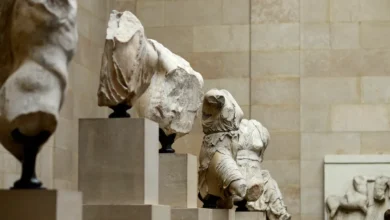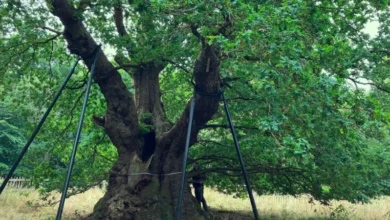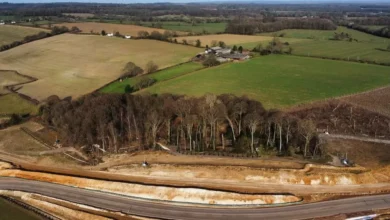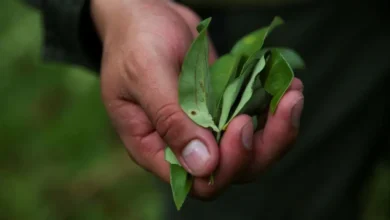First evidence of human drug use dates back thousands of years

The unearthing of an ancient bone, meticulously hollowed out and sealed with birch tar, has unveiled a fascinating insight into the practices of ancient Europeans. Dated back thousands of years, this bone, initially thought to be from a sheep or goat, harbored a cache of seeds from the black henbane plant, Hyoscyamus niger.
This discovery marks the earliest concrete evidence of humans in Europe collecting and preserving this potent and perilous substance.
Black henbane, abundantly found across Europe, harbors within it the toxins hyoscyamine and scopolamine, capable of inducing severe physiological effects such as tachycardia, convulsions, coma, and even death if ingested in significant quantities.
However, in controlled doses, it possesses hallucinogenic properties and medicinal potential. Historical records reveal its presence in ancient Roman medical facilities and in the possessions of individuals like the seeress buried in Jutland around 980 CE.
Led by archaeozoologist Maaike Groot, the research team meticulously examined the bone found within the Houten-Castellum settlement, a site rich with artifacts spanning centuries of habitation.
Martijn van Haasteren, another archaeozoologist, stumbled upon the remarkable find while cleaning the bone, inadvertently dislodging the birch tar plug and revealing a trove of small black seeds.
Although two-thirds of the seeds were lost in the process, the remaining 382 seeds unequivocally belonged to the black henbane plant.
This discovery, combined with the intentional preparation of the bone vessel, strongly suggests that the storage of black henbane was a purposeful and significant activity among the inhabitants of Houten-Castellum.
The implications of this finding extend beyond mere historical curiosity. They invite speculation on the societal roles and cultural significance of psychoactive substances in ancient European communities.
Moreover, they highlight the sophistication of ancient pharmacological knowledge and the careful balance between peril and potential within their use.











